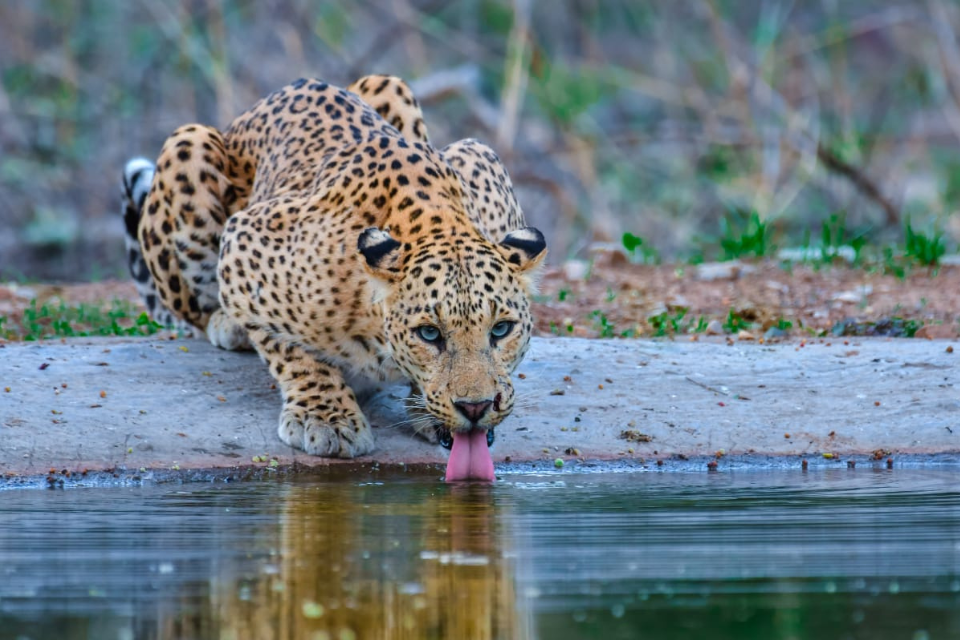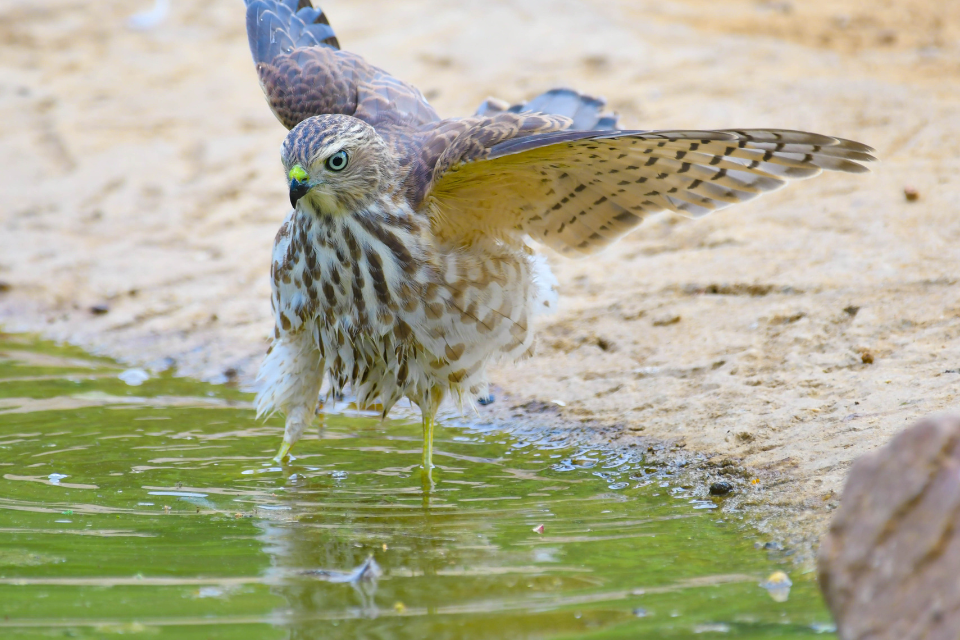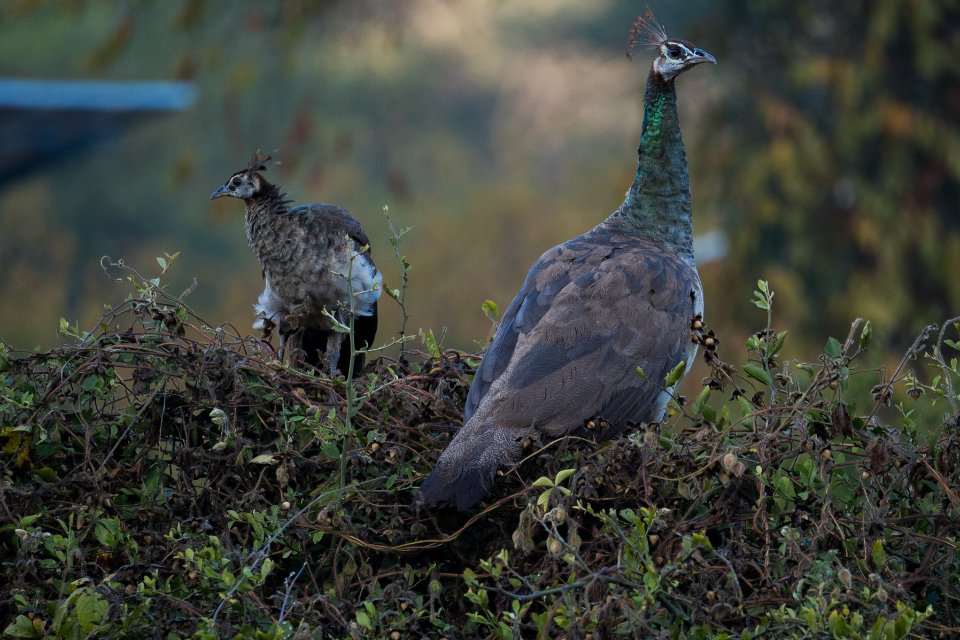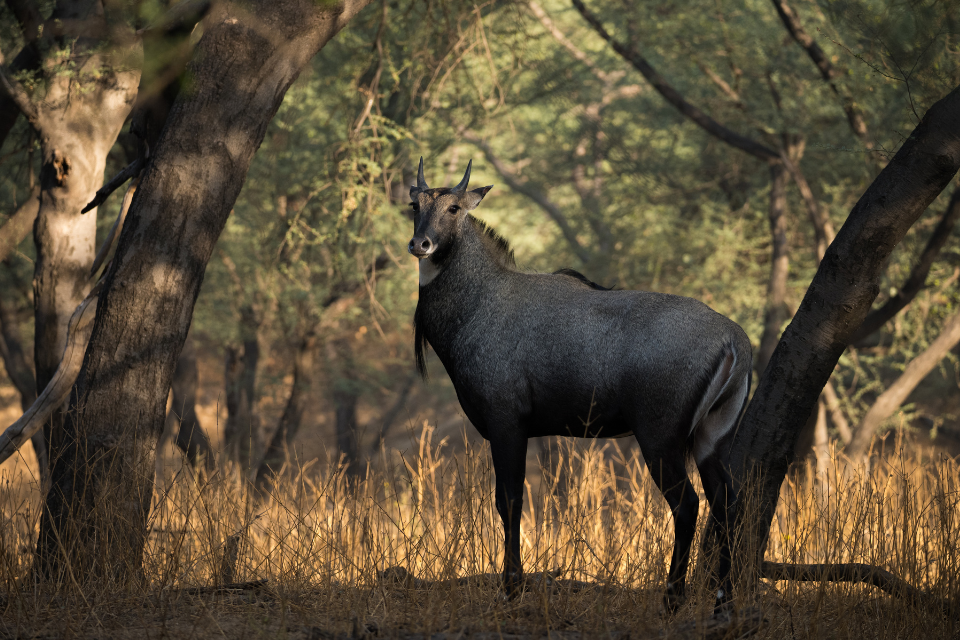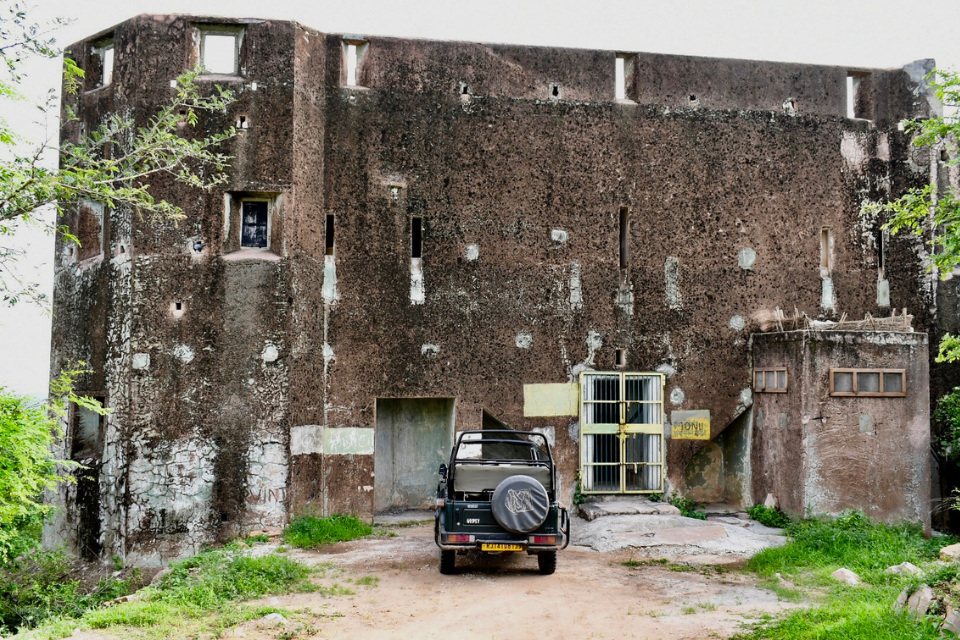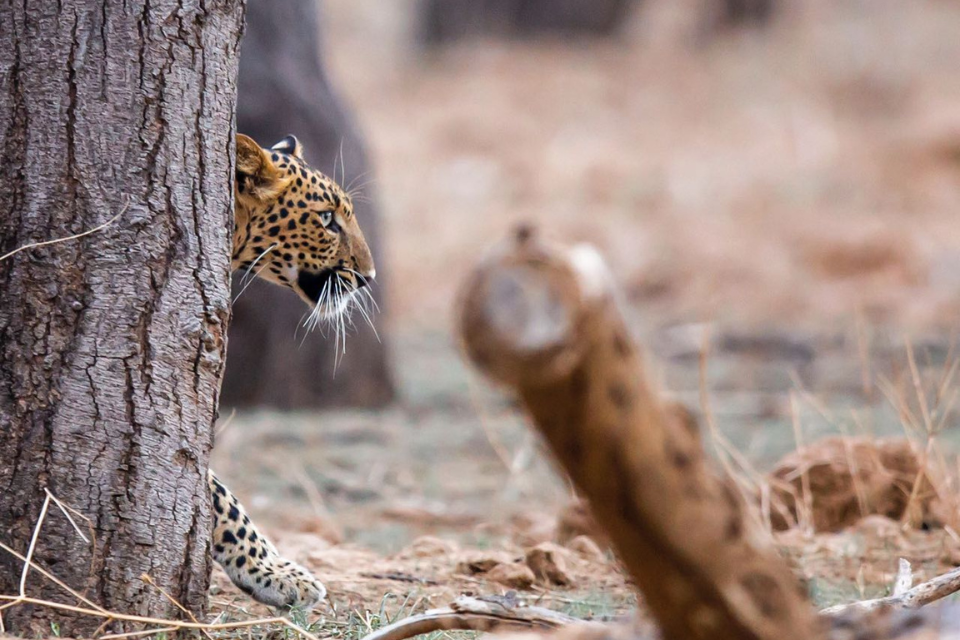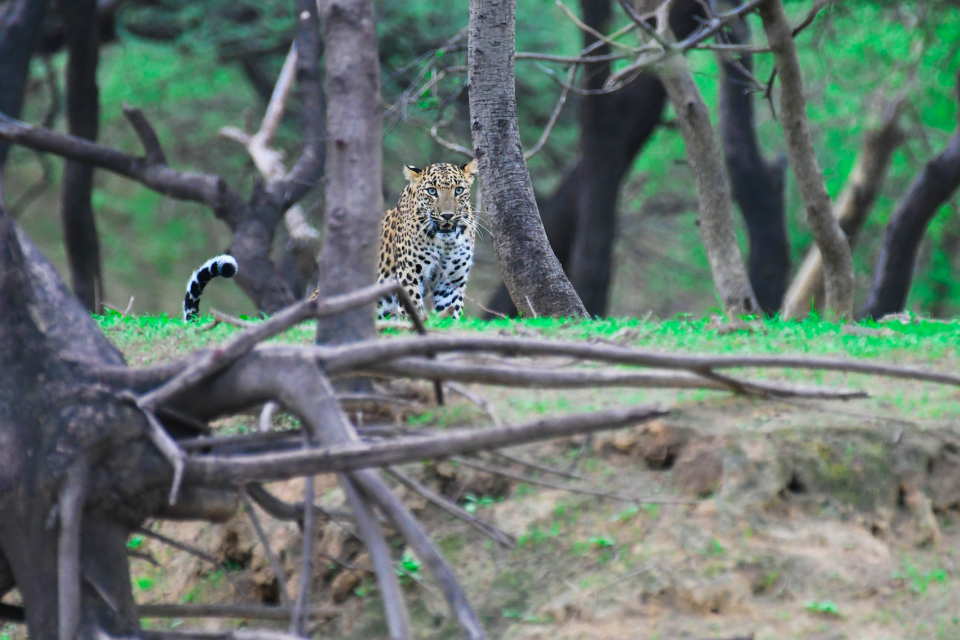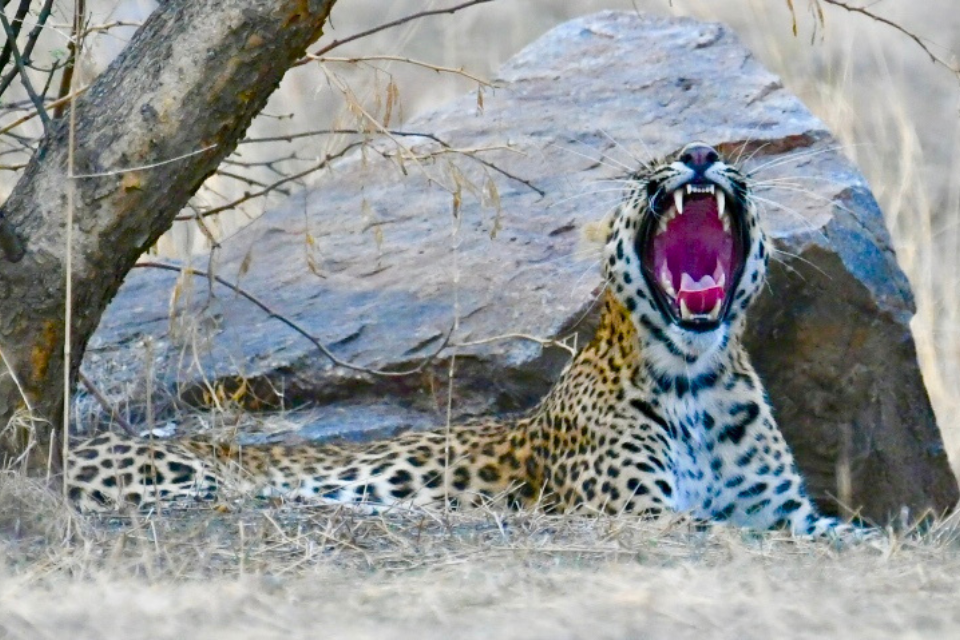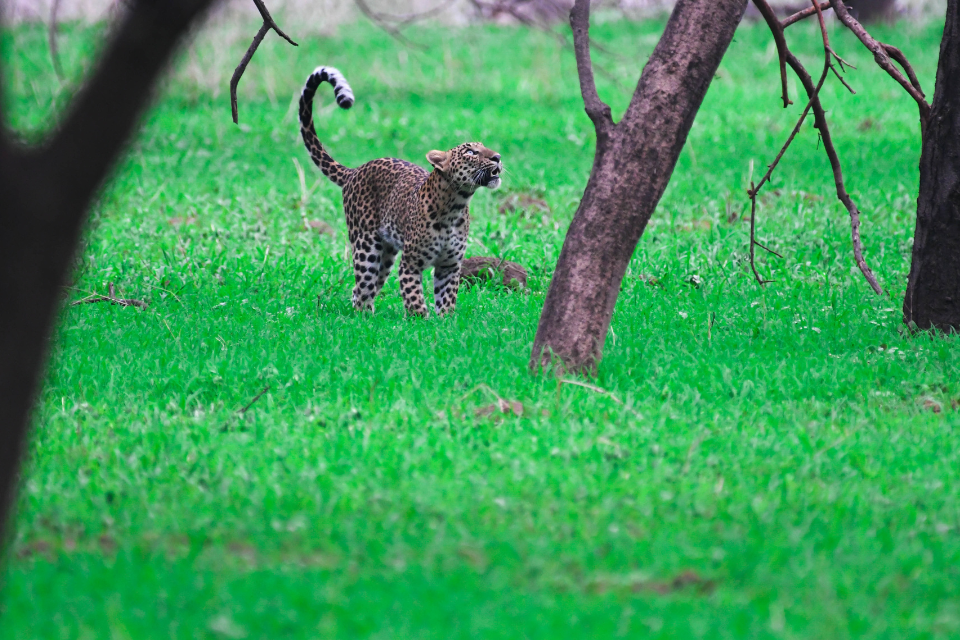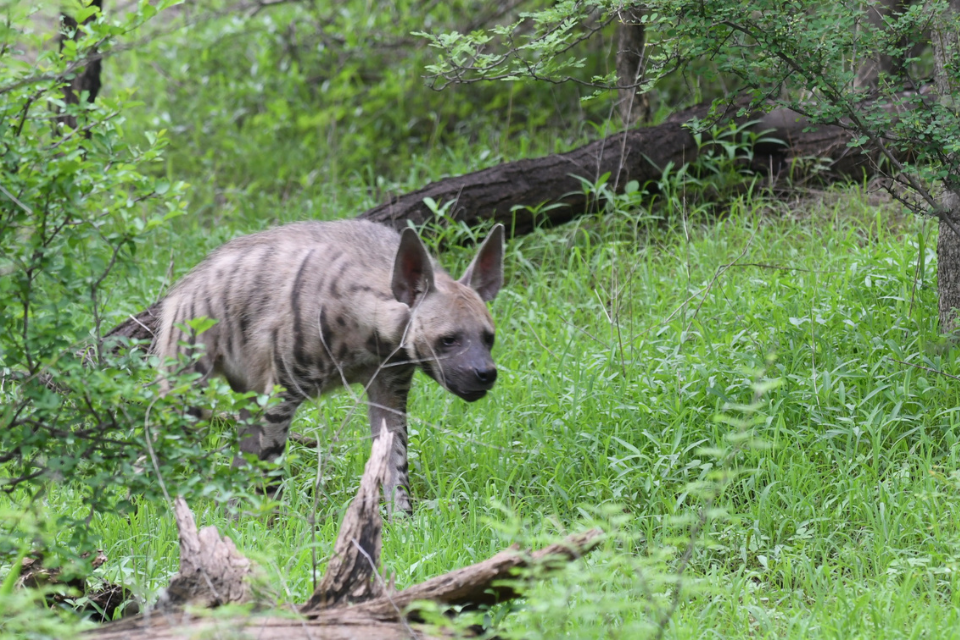- April 14, 2025
The Great Indian Bustard: Rajasthan’s Flying Treasure at Risk
The Great Indian Bustard (Ardeotis nigriceps), once a common sight in Rajasthan’s grasslands and dry plains, is now one of the most critically endangered birds in the world. Known as “Godawan” in Rajasthan, this majestic bird is one of the heaviest flying birds, standing over 1 meter tall and weighing up to 15 kg.
Despite its strength and resilience, the Great Indian Bustard is on the brink of extinction, with fewer than 150 individuals left in India—most of them in Rajasthan. Once found across 11 states, this species has now vanished from almost all of them, leaving Rajasthan as its last stronghold.
Let’s explore why this iconic bird is at risk, why Rajasthan is crucial for its survival, and what efforts are being made to save this flying treasure from disappearing forever.
- Meet the Great Indian Bustard – The Pride of Rajasthan
📌 Scientific Name: Ardeotis nigriceps
📌 Family: Otididae (Bustards)
📌 Height: 1 – 1.2 meters (3 – 4 feet)
📌 Weight: 10 – 15 kg (one of the heaviest flying birds)
📌 Lifespan: 12 – 15 years
🦅 Key Features of the Great Indian Bustard:
✔ Tall, elegant body with long legs.
✔ Buff-colored feathers with a black crown on the head.
✔ Slow, graceful movements while walking in grasslands.
✔ Powerful wings that allow it to fly despite its heavy body.
🚀 Fun Fact: The Great Indian Bustard is India’s state bird of Rajasthan, yet it is one of the rarest birds in the country today.
- Where Can You See the Great Indian Bustard in Rajasthan?
Rajasthan is the last major habitat of the Great Indian Bustard, with the largest population surviving in two major protected areas:
🏞 Location | 📍 District | 🔍 Best Time to Visit |
Desert National Park | Jaisalmer & Barmer | November – March |
Sorsan Grasslands | Baran | October – February |
🚀 Best Time for Birdwatching: Early mornings and late afternoons when the birds are most active.
🚀 Pro Tip: If you visit Desert National Park, hire a trained guide to increase your chances of spotting this rare bird.

- Why is the Great Indian Bustard at Risk?
Despite its historical presence across India, Pakistan, and Nepal, the Great Indian Bustard is now critically endangered due to several major threats:
⚠️ A. Habitat Loss & Land Conversion
❌ Grasslands and dry plains are being turned into farmland and urban areas.
❌ Overgrazing by cattle destroys the bird’s natural habitat.
🚀 Fact: 90% of the Bustard’s original habitat in India has disappeared due to human activities.
⚠️ B. Collision with Power Lines
❌ High-voltage power lines in Rajasthan’s deserts are killing Bustards.
❌ The birds fly low and slow, making them unable to avoid power cables.
🚀 Fact: Scientists estimate that power line collisions kill about 15% of the remaining Bustard population every year.
⚠️ C. Illegal Hunting & Poaching
❌ The bird was once hunted for its meat and feathers.
❌ Poaching still occurs in some areas despite legal protection.
🚀 Fact: The Bustard is now completely protected under Indian and international laws, but poaching still threatens its survival.
⚠️ D. Climate Change & Desertification
❌ Rising temperatures and changing rainfall patterns are affecting breeding grounds.
❌ Desertification is shrinking the Bustard’s grassland habitat.
🚀 Fact: Without urgent action, the Great Indian Bustard could be extinct within a decade.
- Conservation Efforts: Can We Save the Great Indian Bustard?
Despite these threats, conservationists, the Rajasthan government, and wildlife organizations are making serious efforts to save the Bustard.
🛡️ A. Project Great Indian Bustard
✔ A national conservation program launched to protect the remaining birds in Rajasthan.
✔ Focuses on habitat protection, breeding programs, and reducing power line threats.
🚀 Pro Tip: The best place to learn about this project is at Sudashri Forest Post in Desert National Park.
🛡️ B. Bustard Breeding & Reintroduction Program
✔ A captive breeding program has started to increase Bustard numbers.
✔ Eggs are collected from the wild, hatched in protected enclosures, and chicks are raised before being released into the wild.
🚀 Success: The first captive-bred Bustard chicks were successfully raised in 2020, giving hope for the species’ survival.
🛡️ C. Underground Power Lines Initiative
✔ The Rajasthan government is working to bury high-voltage power lines underground in Bustard habitats.
✔ This will prevent deadly collisions and reduce accidental deaths.
🚀 Goal: The government aims to convert all power lines in Bustard zones to underground cables by 2030.
🛡️ D. Community Involvement & Eco-Tourism
✔ Local villagers and farmers are being trained as Bustard conservationists.
✔ Eco-tourism is being promoted to create alternative income sources for communities living near Bustard habitats.
🚀 Pro Tip: Hiring a local guide for a birdwatching tour in Desert National Park directly supports Bustard conservation efforts.
- How Can You Help Save the Great Indian Bustard?
Even if you are not a scientist or conservationist, you can still help protect this incredible bird:
✔ Spread Awareness – Talk about the Bustard’s plight on social media and in local communities.
✔ Support Eco-Tourism – Visit Bustard habitats and support local conservation initiatives.
✔ Avoid Products from Destroyed Habitats – Choose sustainable products that don’t harm grasslands.
✔ Report Illegal Activities – If you see hunting or habitat destruction, report it to wildlife authorities.
🚀 Fun Fact: Even small actions—like learning about the Bustard and sharing its story—can help build support for its protection!
- Final Thoughts: The Fight to Save Rajasthan’s Flying Treasure
The Great Indian Bustard is more than just a bird—it is a symbol of Rajasthan’s natural heritage. If urgent conservation efforts are not taken, we may lose this incredible species forever.
✔ Rajasthan is the last stronghold of the Bustard.
✔ Habitat destruction, power lines, and hunting are major threats.
✔ Conservation efforts offer hope, but need more support.
✔ Eco-tourism and awareness can help protect the species.
With combined efforts from conservationists, locals, and nature lovers, we can still save Rajasthan’s Flying Treasure before it’s too late.
🌍 Have you ever seen the Great Indian Bustard in Rajasthan?
Disclaimer All images used in this blog are either sourced from public domain or credited to their respective owners. If you are the copyright holder of any image and wish to request its removal or proper attribution, please contact us at [email protected]



